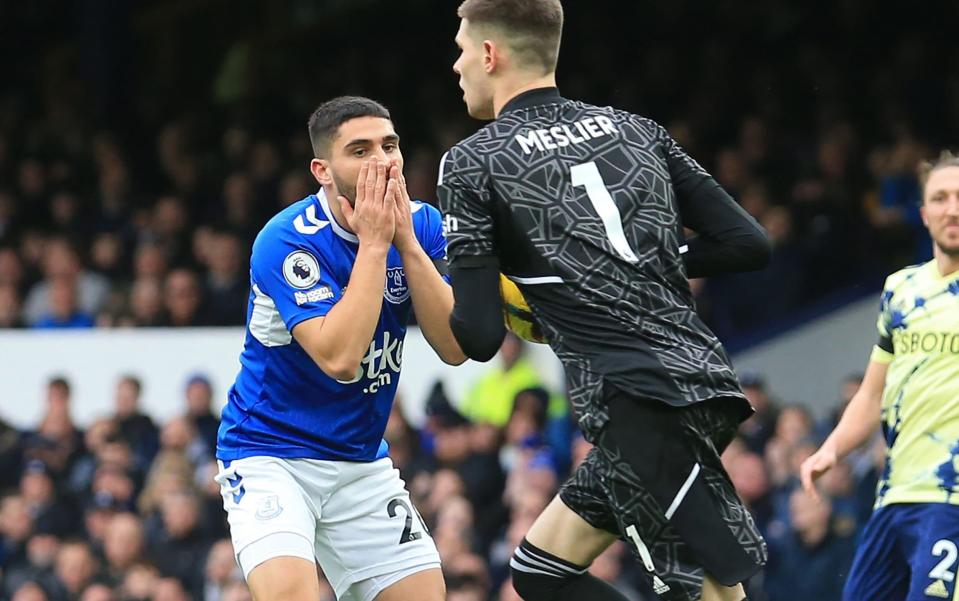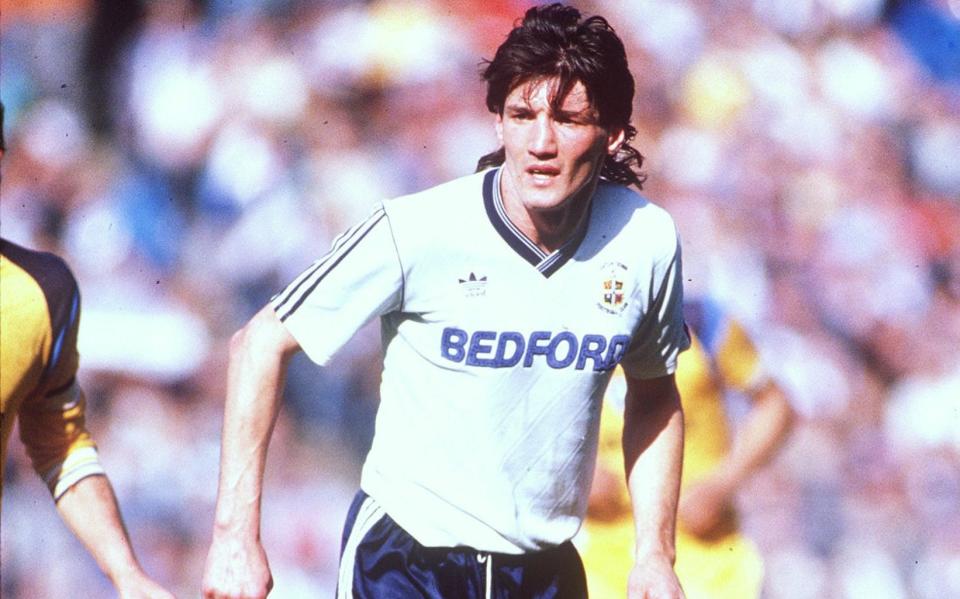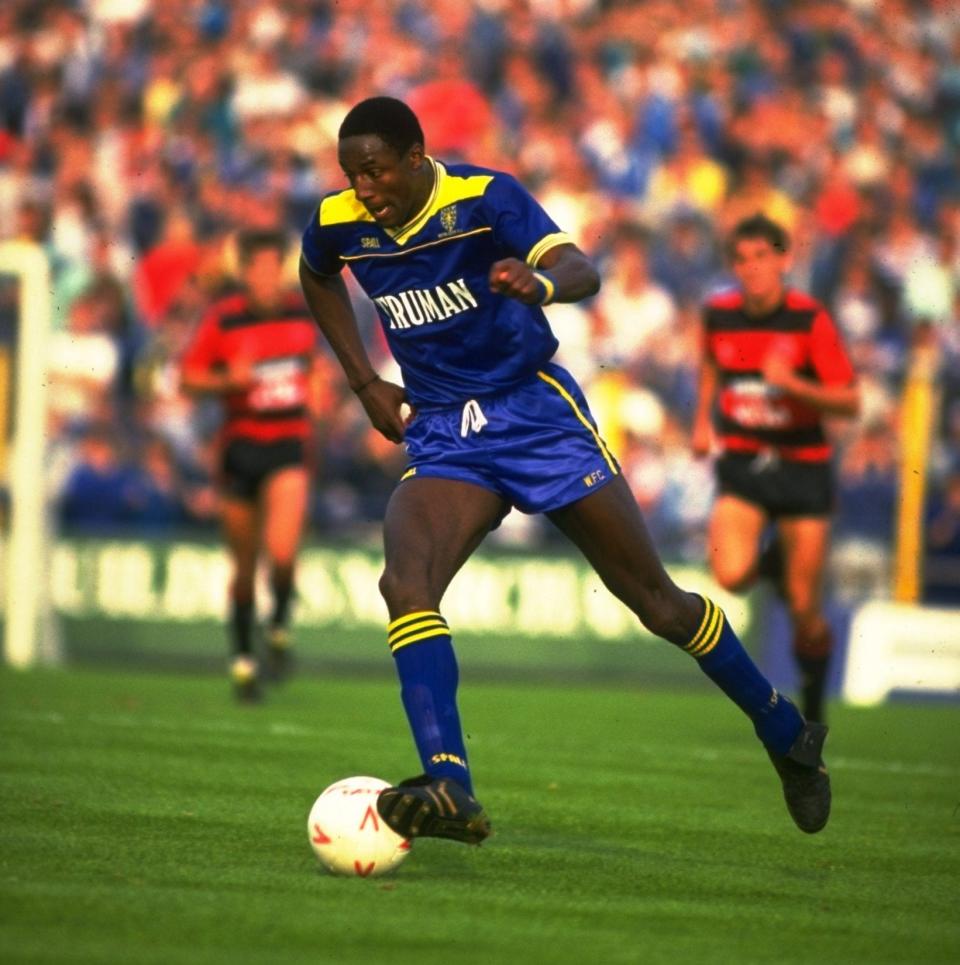The Premier League is gripped by a central striker shortage – and it's Guardiola's fault

Britain is currently in the grip of a shortage of essential goods. Importers are hunting far and wide but struggling to get their hands on tomatoes, peppers and top-class goalscorers.
Everton, Bournemouth and Southampton’s need is the greatest as the supply chain fails to locate a poacher. The goal famine of those in the bottom three is a theme of every defeat, Everton’s 17 goals in their 24 Premier League games the lowest in the Premier League. Southampton have just 19, and only Crystal Palace have scored fewer than third-bottom Bournemouth.
But an aversion to the onion bag is not restricted to those fighting relegation.
Only seven Premier League clubs possess anyone who has scored more than 10 Premier League goals this season, and of those only four – Erling Haaland, Harry Kane, Ivan Toney and Aleksander Mitrovic – could be described as out-and-out central strikers.
What has become of the six-yard predator? How and why did modern coaches fall out of love with them?
Go back to the start of the Premier League in 1992 and virtually every team possessed an attacker with one essential job, loitering with intent in the penalty area and, as the less-than-technical term goes, ‘getting on the end of stuff’.
Legendary goal-getters Ian Wright and Gary Lineker topped the goal charts, but at least 30 players across 19 clubs reached double figures. Even relegated Luton Town could rely on their battering ram Mick Harford, who in 1991-92 scored more league goals than champions Manchester United’s No 9, Mark Hughes.

The demise of central striking talent is not limited to English football, either.
Arsene Wenger recognised the worrying trend in 2015 when he stated ‘Europe doesn’t produce strikers any more’, revealing it was a regular topic at Uefa technical meetings.
Like pretty much everything else on-field in English and European football, it is largely Pep Guardiola’s doing. Since his all-conquering Barcelona side made more technical and versatile false nines and wide strikers fashionable, every coach at an elite club has followed and old-school forwards have become an endangered species, certainly at the highest level.
Those like Micky Quinn or Tony Cottee who flourished in the early years of the Premier League would be judged today for their contribution outside of the penalty box rather than in it, while the modern incarnation of target men John Fashanu, Lee Chapman or Brian Deane – regularly near the top of the Premier League goal charts in their prime – would lack the multi-dimensional qualities sought by a sophisticated scout.

At academy level, the style generally mirrors that at the top. For those who can rely on Bukayo Saka, Marcus Rashford or Mohamed Salah cutting inside and finding the top corner, it is generally a winning formula. We can all agree football in 2023 is more technical and superior.
But for those with more limited players (and budgets), one might ask if trying to replicate the style of those challenging for Premier League and Champions League titles is truly the right way? Especially when seeking to stay in the top division.
Everton’s new manager, Sean Dyche, says he will be taking inspiration from the past to mould a new Goodison future. What Dyche would give for a Bob Latchford, Graeme Sharp, Kevin Campbell or Romelu Lukaku right now. His early months at Goodison will become a lament on how and why the traditional No 9 fell out of favour if he cannot find the goals from elsewhere in his line-up.
Everton’s failure to replace Richarlison – another wide striker – will drag on until such time either Dominic Calvert-Lewin is fit, or Dyche’s scouts find what every other Premier League is looking for.
The diminutive, lightweight and not-especially quick Neal Maupay certainly does not possess the six-yard box instincts required to pounce on Dwight McNeil’s left-wing crosses. It is a truth in football that the greatest players can make average passes look good with their first touch and determination to get to a ball first. It is equally true that average players can make great deliveries look poor by failing to react. There was a lot of that at Goodison Park on Saturday, which is why Everton lost to Aston Villa.
The irony of Guardiola setting the multi-faceted striker trend across football is, of course, he is now working with a turbo-jet 'traditional' No 9 in Haaland.
While City possess a player who could have been genetically engineered to possess the height of Harford, physicality and power of Alan Shearer and pace and finishing prowess of Wright and Lineker, those in the greatest peril continue to search in vain for those with just one of those assets.

